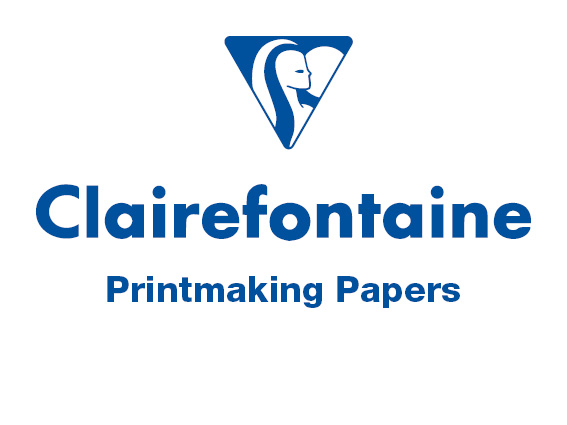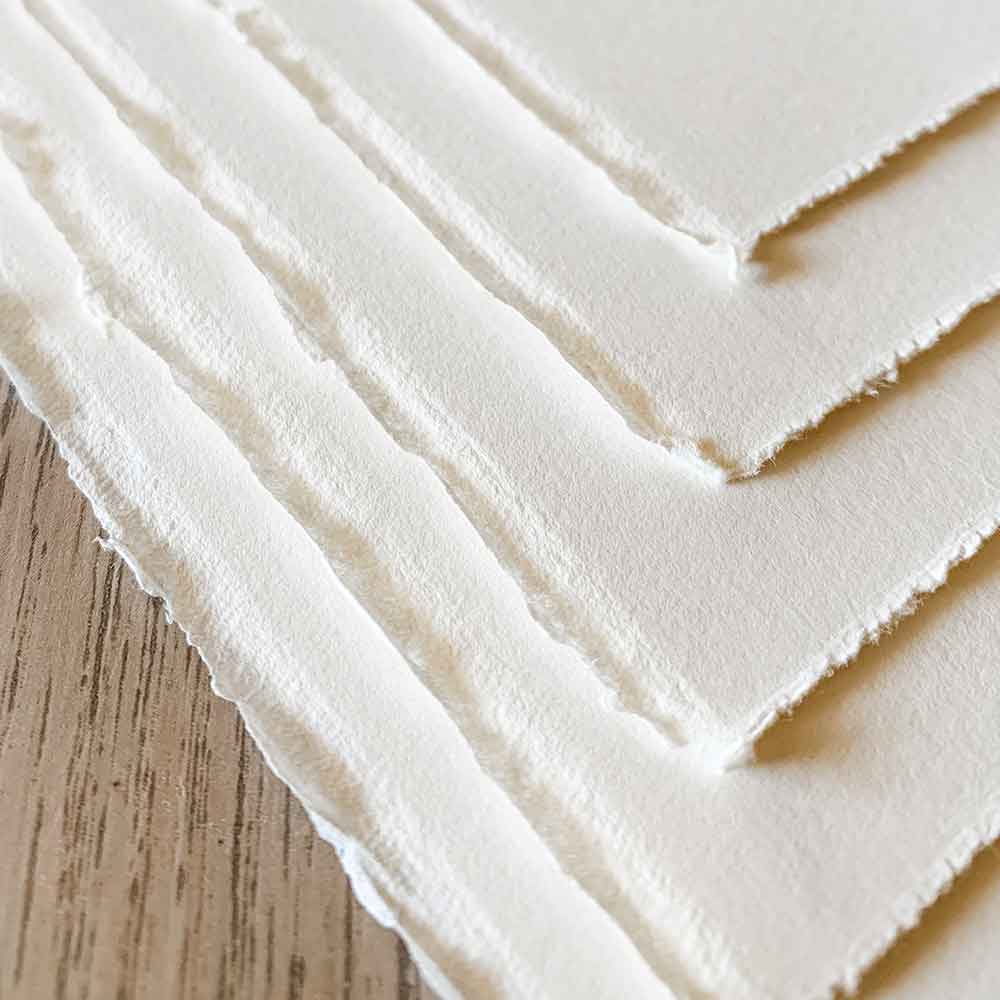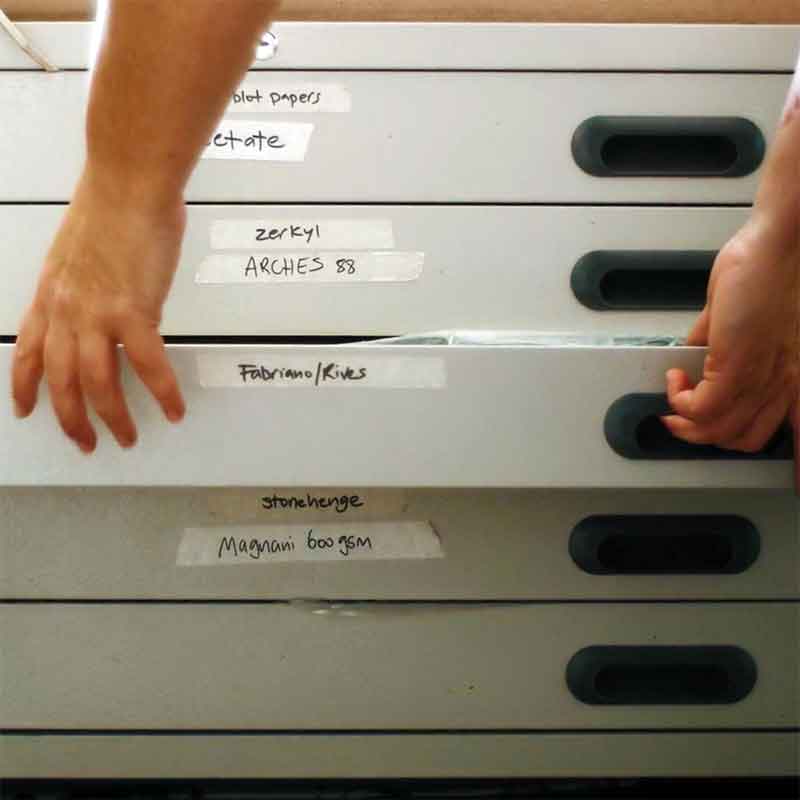Paper – Part 2: My Favourite Printmaking Papers
So many Printmaking Papers to choose from. Different paper mills. Different textures, colours, fibres. What to choose and what to buy? Here I share with you the papers I use now for different printmaking processes, and have used in the past.
This article is Part 2 of a 4 part series looking at printmaking paper. The full 4 part series covers:
WHAT MAKES 'PRINTMAKING PAPER' PRINTMAKING PAPER?
MY FAVOURITE PRINTMAKING PAPERS – where you are right now 🙂
- The papers I use now
- Papers I have used in the past
- Where to start with buying your own paper
- Where to buy your printmaking papers
STORING YOUR PRINTMAKING PAPERS
(and other information you didn’t know you needed to know)
Paper Part 2 – My Favourite Printmaking Papers
The Printmaking Papers I’m currently printing with
I use a few different papers for different printmaking processes.
I definitely have my favourite papers that I use more often than others, and I have a collection of other papers on hand that I use for specific projects when I’m wanting a specific outcome.
Below I have gone in to a little detail about the three papers I am using the most at the moment, mentioning their characteristics and why I like them.
Arches 88 Printmaking Paper
 I use it for – reduction linocut printing
I use it for – reduction linocut printing
The specific paper – Arches 88 300gsm 56x76cm sheets
This paper is made in – France
Budget – around A$15 per 56x76cm sheet
This paper is suited to – screen-printing, intaglio, letterpress, embossing and lithography.
This paper is lucious. It is soft, smooth and beautiful to print with. I was recommended to it by Owen Hutchison, a relief printmaking running Bayside Gallery in Sandgate.
Arches 88 is a 100% cotton paper, unsized, mould-made and buffered paper with a hot pressed smooth surface, four deckle edges and a registered watermark.
This is my current favourite paper for my reduction linocut printing. While the 300gsm weight calls for some effort when hand-printing with a baren, the results are well worth it. The softness can be a little troublesome with hand burnishing, so I use a barrier sheet between my baren and the paper, and paper mask between my carved plate and paper when printing.
The paper colour is a lovely soft off-white – not too bright and not too warm.
 Zerkal Printmaking Paper
Zerkal Printmaking Paper
I use it for – primarily one colour linocut and gel plate monoprinting
The specific paper – 145gsm Off White Smooth Bookmaking Paper
The paper is made in – Germany
Budget – well priced at around A$4 per 53x76cm sheet
Zerkall is available in several colours, different weights and textures. They produce bookmaking, printmaking, drawing and watercolor papers.
I use the 145gsm bookmaking paper.
It has a very subtle textured surface, making it perfect for a range of printmaking applications where a thinner weight paper is needed.
I love printing my gelatin plate monoprints with this paper. It holds the details of the botanical materials I love to work with beautifully, and displays the colours brilliantly.
Linocut printmaking lends itself beautifully to this paper. We use the same Zerkall 145gsm in my Linocut 101 and Reduction Linocut workshops. The thinner paper weight makes hand printing a little easier than 250-300gsm printmaking papers I print with.
Fleur De Coton Printmaking Paper
 I use it for – wet cyanotype printing
I use it for – wet cyanotype printing
The specific paper – 250gsm
The paper is made in – France
Budget – well priced at around A$7 per 56x76cm sheet
This is a relatively recent discovery – I use this paper for my Cyanotype prints, especially wet cyanotype.
The paper is 100% cotton, and the weight I like to work with is 250gsm. It is a luscious soft paper – but able to handle sitting for hours, wet, under glass in the sun as I make my wet cyanotype prints.
The paper has been lightly internally sized and has been designed specifically for printmaking.
It has a bright natural white colour and is guaranteed archival – acid free, pH neutral, free from optical brighteners. The long cotton fibres make this paper very extremely durable paper and strong enough to withstand the rigors of an etching press.
The lightly textured surface allows exceptional ink absorption and is ideal for engraving, lithography, silkscreen and more.
Printmaking Papers I have used in the past
(and others I still use, just not as often)
I have experimented with a few different papers over the years. Some paper I no longer use, others I love having stored in my paper drawers ready and waiting for a new print project.
I am by no means an expert about Printmaking Paper – but I wanted to share the names of other papers I have and do work with (although not as often as the papers noted above).
I put together a chart with an overview of the currently used papers (as noted above), and others I have on hand in the studio, or have printed with in the past. I have shown the printmaking processes I use them for***, and identified which ones I use solely for my professional printmaking practice**, and which we use in workshops.
* BUDGET – I was hesitant to include this column as budget is such a relative topic. Papers marked with one $ indicate a lower price-point per sheet; whereas papers marked with $$ are a higher price point.
** PROFESSIONAL PRACTICE – this indicates what papers I am or have used to print my work for exhibition and sale. The double-tick shows the papers I am using most often at the moment.
*** HOW I DO, HAVE OR WOULD USE IT – this information relates specifically to my own printmaking studio and how I use these papers. The manufacturer’s recommendations regarding printmaking process suitability may differ from how I am using them.
A bit more detail about some of the Printmaking Papers noted above
I’ve added a bit more information about some of the papers noted above. Please note that my comments are in relationship to how I use them. If you’re interested in using any of these papers, read their product descriptions for information about their printmaking process suitability.
 SOMERSET Satin White/Satin Soft White 250gsm printmaking paper
SOMERSET Satin White/Satin Soft White 250gsm printmaking paper
USES – Linocut, monoprinting, eco-printing, etching (intaglio printing), cyanotype
PROS – Good weight, smooth-ish surface and good quality. It needs a little more elbow grease for hand printing given its weight, but gives lovely results. It’s a well priced good great all-round printmaking paper
CONS – None really
![]() FABRIANO ROSASPINA 285gsm
FABRIANO ROSASPINA 285gsm
USES – Linocut, monoprinting, eco-printing, etching (intaglio printing), cyanotype
PROS – Good weight, smooth-ish surface and good quality. It needs a little more elbow grease for hand printing given its weight, but I’ve found not as much hard work as the Stonehenge.
CONS – None really. Its a great all-round printmaking paper
![]() STONEHENGE White/Warm White 245gsm printmaking paper
STONEHENGE White/Warm White 245gsm printmaking paper
USES – Linocut, monoprinting, eco-printing, etching (intaglio printing), cyanotype
PROS – Strong and robust, and great when you want to mount work to boards (as I do with monoprints and cyanotype). I get no crinkle with this paper.
CONS – If using for relief printing without a press, you’ll need to use a bit my gusto when hand printing. And being a heavier weight it can get pricey, depending where you buy it. Given its heavier weight, it doesn’t always pick up the tiny details in monoprinting.
COMMENTS – I used this paper for many years. It was well priced, and I loved the colour. Then the price doubled, and the colour changed. That was when I went hunting for an alternative – and found Arches 88. A lot more expensive, but a beautiful and exceptional quality paper.
 MAGNANI INCISIONI 310gsm
MAGNANI INCISIONI 310gsm
USES – etching, cyanotype
PROS – beautiful quality printmaking paper with a light texture. No sizing means it takes an intaglio print impression beautifully
CONS – not ideal for handprinting linocut due to the weight and texture.
COMMENTS – I’ve had some issues printing intaglio with this paper. I’m not sure if it is the ink I’m using, or soaking for too short a timeframe, or both. The paper has a good reputation – I think I need to work with it a little more,
 HAHNEMUHLE 350gsm
HAHNEMUHLE 350gsm
USES – etching
This paper has a soft texture. It is beautiful. I have used it for linocut but found it needed too much pressure to get good solid ink coverage. It is perfect for intaglio printing, where the pressure of a printing press the work. I haven’t used it extensively, so not writing much about it – but i know that the right print project will come about and I will be able to put the papers I have to good use.
![]() FABRIANO TIEPOLO
FABRIANO TIEPOLO
USES – etching
A textured paper perfect for intaglio printing, where the pressure of a printing press does a lot of the work. As with Hahnemuhle, I have not used it extensively, so not writing much about it – but I will, hopefully, sometime soon!
KOZO – Kozo anything
USES – linocut, eco-print, monoprint, book making
Made from a type of mulberry bark, lightweight and fine texture. Kozo papers are very strong because of the long Kozo fibres. I have used Kozo papers for special projects with the thin, delicate nature of the paper is an integral part of the piece or edition. Kozo papers aren’t cheap papers, but they are beautiful, and if you want something strong and delicate, these papers are worth investigating.
HOSHO Japanese papers
USES – linocut, monoprinting, book making, eco-printing, cyanotype
PROS – thin, capturing a lot of delicious detail. I love to print onto any Japanese paper I can get my hands on. Their long fibres make them very robust while still being very thin. Perfect for one-colour linocut. And beautiful for speciality bookmaking papers.
TISSUE PAPER acid free
USES – monoprinting, book making, reduction linocut blotting paper
My love of tissue papers is growing the more I play with them. I use tissue paper for blotting – then use the blotting sheets as specialty papers for a range of uses. I am mad-keen to get my hands on some wet strength tissue paper – the idea of what I can do with that are very exciting!
CARTRIDGE PAPERS acid free
I like to use a good quality 125/135gsm acid free cartridge paper for proofing and printing in most workshops.
I think a good quality cartridge paper is a must in any studio. Proofing, playing, experimenting, creating! It is a cost effective paper to allow you to proof, play and experiment before committing to your quality, more expensive papers; and by working with an acid free quality cartridge paper, if you create something special, you have it on good paper to frame, share, sell or admire.
Where to start with buying your own paper
So many choices!
So many different price points!
So many considerations!
Where do you start?
My tips to get started with buying printmaking papers, but you not sure where to start:
- Ask printmaking friends what they use, and for which specific printmaking processes;
- Read the product descriptions of each paper to understand what the paper is best suited for;
- Keep an eye out for the paper sales;
- Buy a few sheets of 2 or 3 different printmaking papers and print to test them out;
- Buy within your budget – then as you start to build in confidence, you can consider if you want to invest more in paper, or not;
- Don’t overthink it! Between recommendations from friends and your budget, you should come to a starting point, pick a paper and go from there.
When I got going with my printmaking practice I really didn’t know where to start with choosing a printmaking paper. So many paper names across a broad range of price points.
I was recommended to a paper for a linocut workshop – Stonehenge.
It was lovely to work with and suited my budget at the time (low!).
I used that paper for several years, printing on the different colours it offered (white, off-white, fawn, grey, black). I used it for both relief printing and intaglio.
After a year or so I started to branch out and test other papers.
I bought a few sheets of different papers that friends in my printmaking network suggested. I figured the best way to learn was TO DO. I would generally buy five sheets of 2 or 3 different papers when the annual paper sales were on – and print!
As my confidence and practice grew, I started to explore more expensive papers.
I learned quickly that textured papers, while delicious to the touch, made for VERY hard work with my reduction linocut prints. Thinner papers were not holding up to the way I liked to print my reduction linocut. I had very little issue with the etching papers I chose – they were clearly identified in their product descriptions and fit for purpose.
By daring to try different papers, I was able to explore the process, make many mistakes and come across some happy accidents. There are many others papers on the market that I would love to print with – but I suspect time, budget and geographical boundaries are going to get in the way.
Where to buy your printmaking papers
Printmaking Paper is a Fine Art paper, and is not readily available from newsagents or stationery stores. I buy my papers from specialised art stores, both online and in person.
Generally, the biggest and best range of papers in any one location will be with specialised Printmaking art supply stores. Printmaking is a specialised process – so it pays to seek out the people who understand it.
Please note: the store names I have mentioned below are all in Australia. That’s where I am, and I don’t know the best places to buy in the UK, Europe, USA or anywhere else.
Melbourne Etching Supplies and Neil Wallace (in Australia) are both printmaking specialists. Melbourne Etching Supplies has a huge range of papers. They run two paper sales a year, offering exceptional value. You generally need to buy the papers in packs to 25-ish sheets, but they do offer a discount for individual sheets. It was by buying individual sheets from the MES annual sales that I started to build my collection and preferences for specific papers.
Other online and in-person art supply retailers offering some great printmaking paper options are:
- Arthouse Direct – also running big annual paper sales
- The Sydney Art Store
- Senior Art Supplies
- The Art Scene
- Magnani Paper Australia
- and more. Ask Google and see where your fingers take you.
Some papers can be bought direct from the paper mill manufacturer. Japan’s Awagami papers are an example of that. They sell direct, as well as through retail outlets around the world.
Paper Part 2 – the end. Ready for more?
I have shared what printmaking papers I am currently using, and have printed with in the past.
I would love to print with more – I know there are so many fabulous papers available to print with. I’d love to hear what your favourites are. Please share in the comments below 🙂
If you’re looking for more paper information, head over to the other three articles in this four-part series:
WHAT MAKES 'PRINTMAKING PAPER' PRINTMAKING PAPER?
STORING YOUR PRINTMAKING PAPERS
(and other information you didn’t know you needed to know)

















